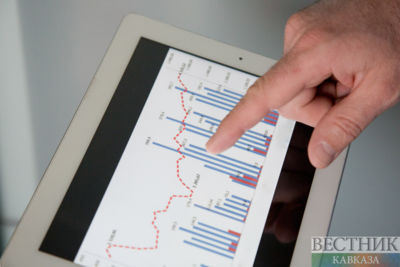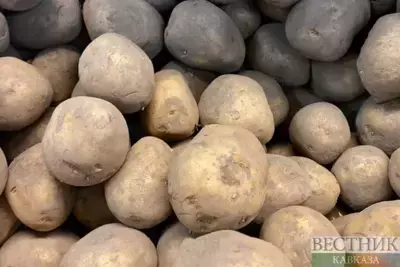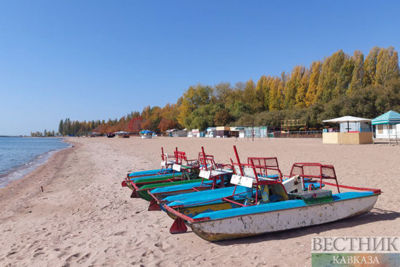According to Rosstat, in the period from January 12th to 18th the index of consumer prices was 100.2%; from the beginning of the month – 100.5%; in January in general – almost 104.%. In a week, sugar prices increased by 0.8%, egg prices by 0.4%, lamb meat, frozen fish, butter, cream, milk, pasta, flour, and tea rose 0.3%. The growth of prices for vegetables and fruits was 1.1%.
At the same time, the head of the Agrarian Party of Russia, the Deputy Executive Director of AKKOR, Olga Bashmachnikova, refers to the data of Rosstat and says that prices for food products have increased by 20%, in some categories by 40%, especially legume cereals, fish and vegetables. Salad oil prices increased by 30%, the percentage increase was somewhat smaller for prices for bread and milk. “The increase of prices substantially correlated to the decrease in the purchasing power of the population. For example, the market of beef decreased by 42%; the population has shifted to white, cheaper meat and poultry. The volume of the purchasing power on poultry has been increased, just like our internal domestic production. Volumes of consumption of butter have fallen. In fact, in 2015, consumption of potatoes increased by almost 20%, of pork - plus 7%, and of poultry - plus 6%. The remaining food products have been purchased in lesser amounts. Purchases of vegetables have fallen by 10%,” Bashmachnikova states.
According to her, retailers' associations confirm the information that the average bill in stores has decreased. “This suggests that, in general, the population is not able to buy as many products as it previously bought. And according to VCIOM, 63% of the population say that they are forced to economize on products. And the percentage of people who are always trying to buy products from the cheap category has increased from 10% to 30%,” the expert says.
She says that the rise in prices may be continued in 2016, but there are also those levers that can affect the price increase. “Many things depend on how correctly the state will work here. The growth of prices is connected with the devaluation of the ruble, while agricultural production has many components that have an import character. These are seeds, means of plant protection, production processing and equipment. These factors affect prices,” Bashmachnikova believes.
If we trace the movement of products from the field to the store, we understand what a huge number of intermediaries there are in this chain. “These are intermediaries who are trying to buy agricultural products on site cheaply, and then go to processing enterprises in the chain, they also need to cover their production costs and get some margin to deal with further production expansion. These are intermediaries who buy from processing companies and bring it to retail chains. This is income that should be received by retail chains. And of course all of this falls on the price of products. Purely politically, the state will try to do something so that the prices for socially important goods do not grow. It concerns bread production, it concerns milk. There will be some state control. But this is definitely not enough,” the expert believes.
















